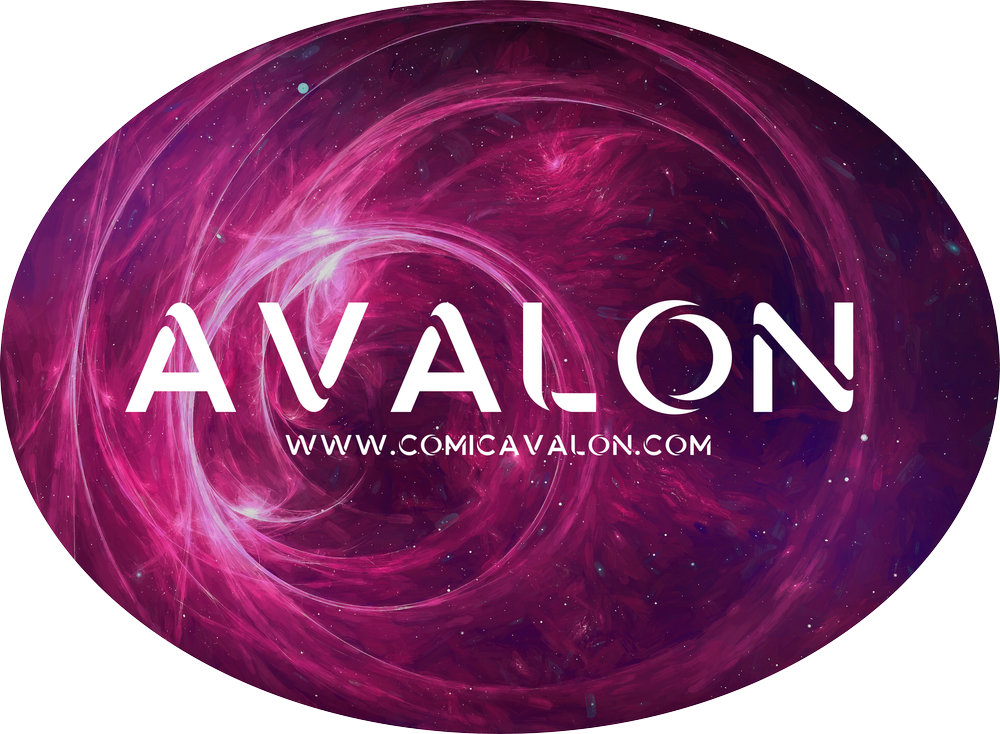The Process
Step One: The Story
Develop your story. Character bios, world building, write a treatment or short story. Without a vision for the story you want to tell, it will be extremely difficult to create any kind of medium. Comic book, graphic novel, screenplay, novel, kids book, etc…
Step Two: Determine the length!
Determine the length of your story. This might feel like an odd second step, but unless you’re going to draw your own pages, you’ll want to think about the production process ahead of time. Meaning, will this be a 20 plus page Comic or something longer. There is a wide range of prices artists will charge per page, so expect that if you’re looking to write something longer you will need tens of thousands of dollars.
Step THree: Write your script
Here is where my process differs from convention. You can easily Google what a comic script looks like, but what I did was slightly different. Because I wanted to visualize what my story would look like on the page, I used an excel document and created a template with six panels on a page. Then I transcribed my novel into this document like so. (Small Tip: Remember to use the correct tense or you’ll drive your artist nuts and make it almost impossible to illustrate your book)
Step Four: Finding an artist
There are a number of ways to find an artist these days, from directly DMing someone on Instagram all the way down to posting a job on Craigslist. However, the most common way is to probably post your job offer on one of the various hosting websites. Here you’ll be able to add details like your story length, budget per page, type of artist, etc.
Example: I live in Los Angeles and produced two books for one of the MCU’s stars. After posting a job internationally, I got a few thousand responses. From there I narrowed down the artist pool to ten potential artists before bringing these candidates back to the production company. Ultimately, they selected an artist from Brazil. This artist only did the pencil work so ultimately we need a colorist too.
Step Five: Contracts
You’ll want to find a contract that you're comfortable with signing and terms that both you and your artist can agree to. Typically these contracts include a price per page, deliverables and when payments will be made, deadlines, etc. Small note, international laws can be different if you end up using an artist outside of the country where you live.
Step Six: Reference Art
Before your artist starts to work on your project, you’ll need to give this person some kind of reference art. What I did was I put together a document for each page in the book with reference images. Sometimes I’d give multiple images for a spacecraft or character… Or for something like my CME blade (if you’ve read Earic) I actually drew my artist a terrible sketch of what I was looking for. From there he was able to clearly conceptualize what I was looking for.
Note: Don’t simply expect your artist to nail exactly what you’re envisioning in your head unless you’ve done all the work to help them understand what you want.
Step Seven: The Pages
I’d discuss this with your artist before you begin your individual process, but it could be a good idea to get a rough sketch of your pages at a very early phase in the art to give some notes. Meaning, it’s gonna be easier for your artist to make alterations early on and not after you’ve received the completed pages. And for that matter, once the final pages are delivered making changes might not be an option.
Step Eight: Lettering
Putting your dialogue onto your page is its own art form, and although sometimes your artist is also a letterer, most of the time you’ll be getting your pages without that being done. From here, you’ll either need to letter the pages yourself or find someone to do this for you. Similar to finding an artist there are a number of ways to find a letterer including apps like Fivrr where you can probably find someone for roughly twenty dollars a page.
Step Nine: Publishing
If you’re simply going to publish your book like I’ve done on my website, this step is more or less straight forward. You’ll simply just need to build a website and make sure you export your digital files in a way that they can be uploaded to your site. This could be a bit tricky, simply because your original art files are probably going to be huge and wouldn’t be uploadable for most sites.
Step Ten: Marketing
Without getting the word out it will be impossible to ever get anyone to find your story. The list of ways to get your comic out there is numerous: Instagram, reddit, Spotify ads, Youtube, Tiktok, comic book sites, etc… Some of these cost money and others simply cost time and effort. But even if you write the most dynamic story in the world, without this step it will be more difficult for it to find an audience.





